Electrical Engineering Circuit Analysis Lab: PSPICE AC Analysis Report
VerifiedAdded on 2021/10/01
|6
|475
|168
Practical Assignment
AI Summary
This lab report, conducted at the University of Sharjah's Electrical and Electronics Engineering Department, focuses on the application of PSPICE software for AC circuit analysis. The experiment, titled "Introduction to PSPICE – Part III (AC Analysis)", aims to familiarize students with phasor analysis in both time and frequency domains, and to determine the frequency response of AC circuits. The report includes solutions to homework problems, demonstrating the use of PSPICE to calculate voltages and currents in various circuit configurations, including the determination of magnitude and phase. The report also includes Bode plots and linear plots to visualize frequency response. The conclusion highlights the use of PSPICE for phasor analysis, explaining the measurement of voltage, current, and voltage differences using IPRINT1, VPRINT1, and VPRINT2, along with the utilization of VAC and IAC sources. The experiment provides practical examples of how to use PSPICE to analyze AC circuits.
1 out of 6
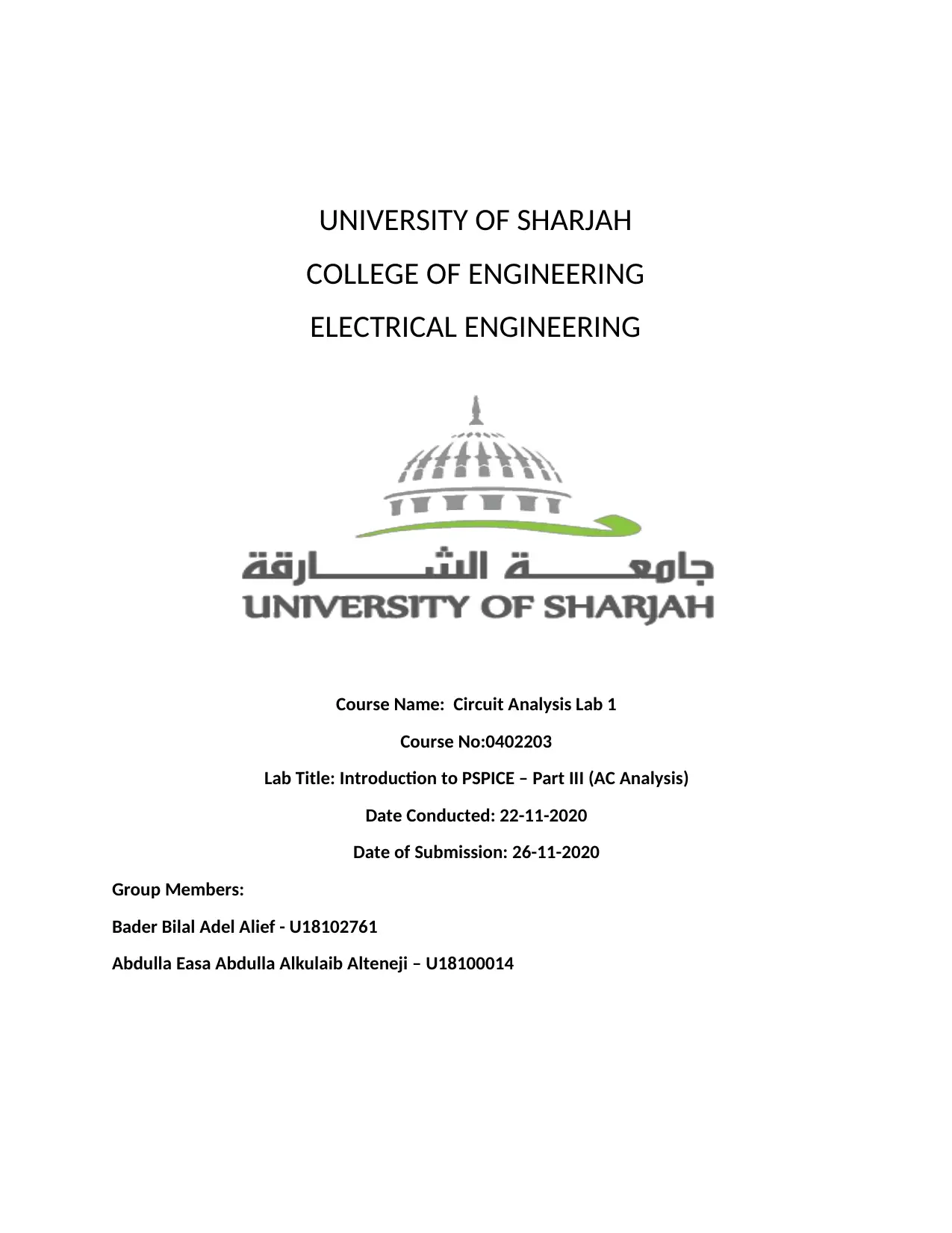
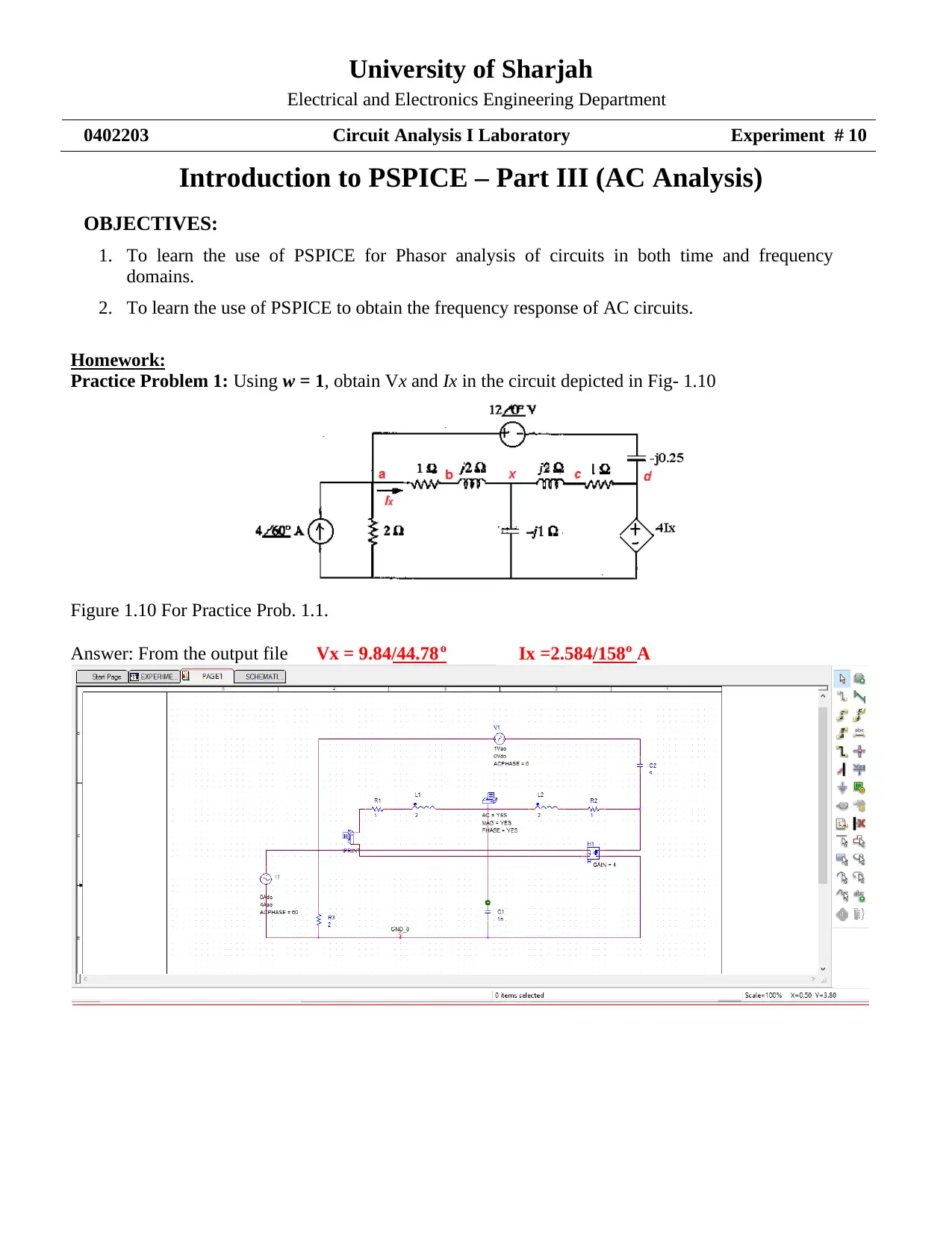
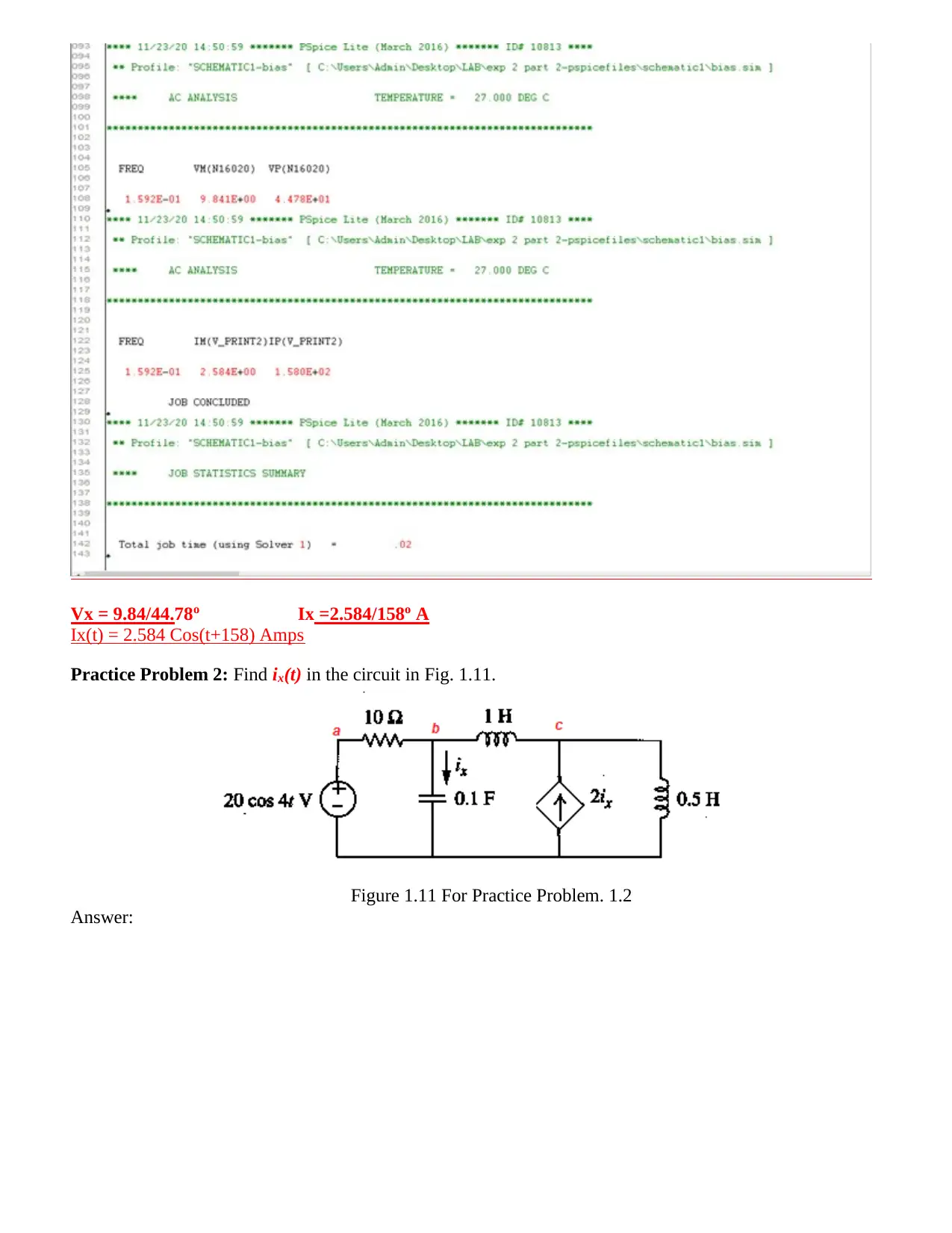

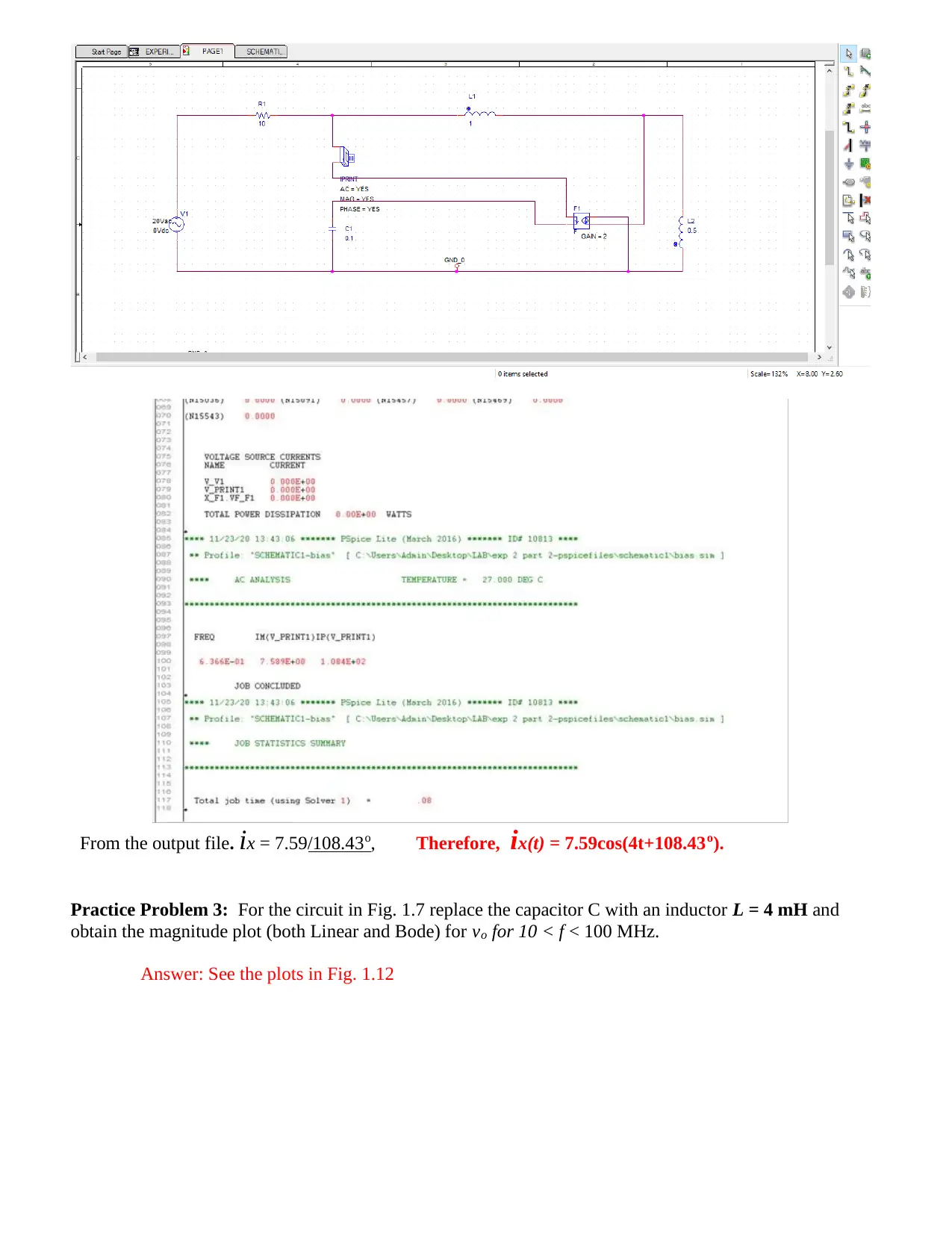
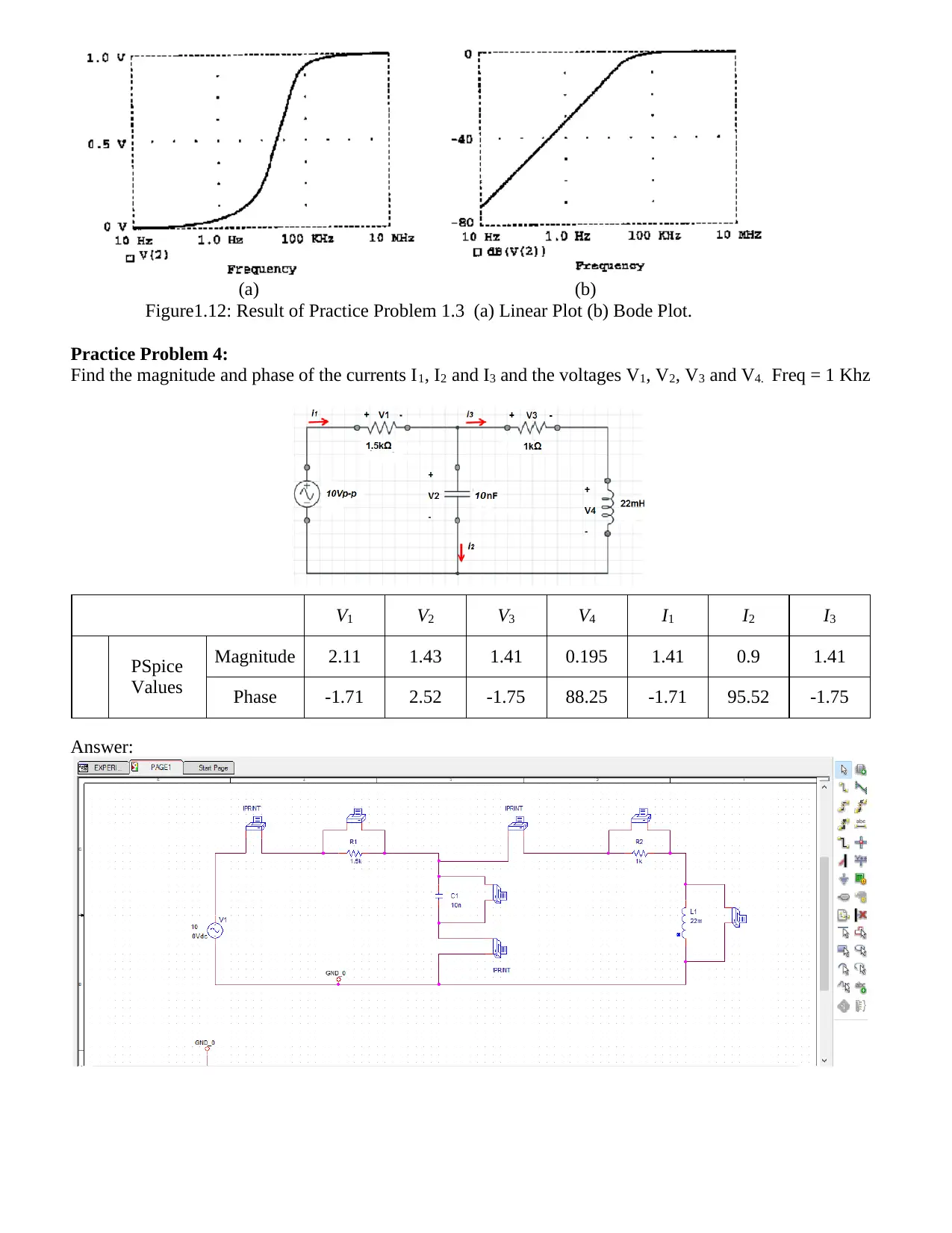
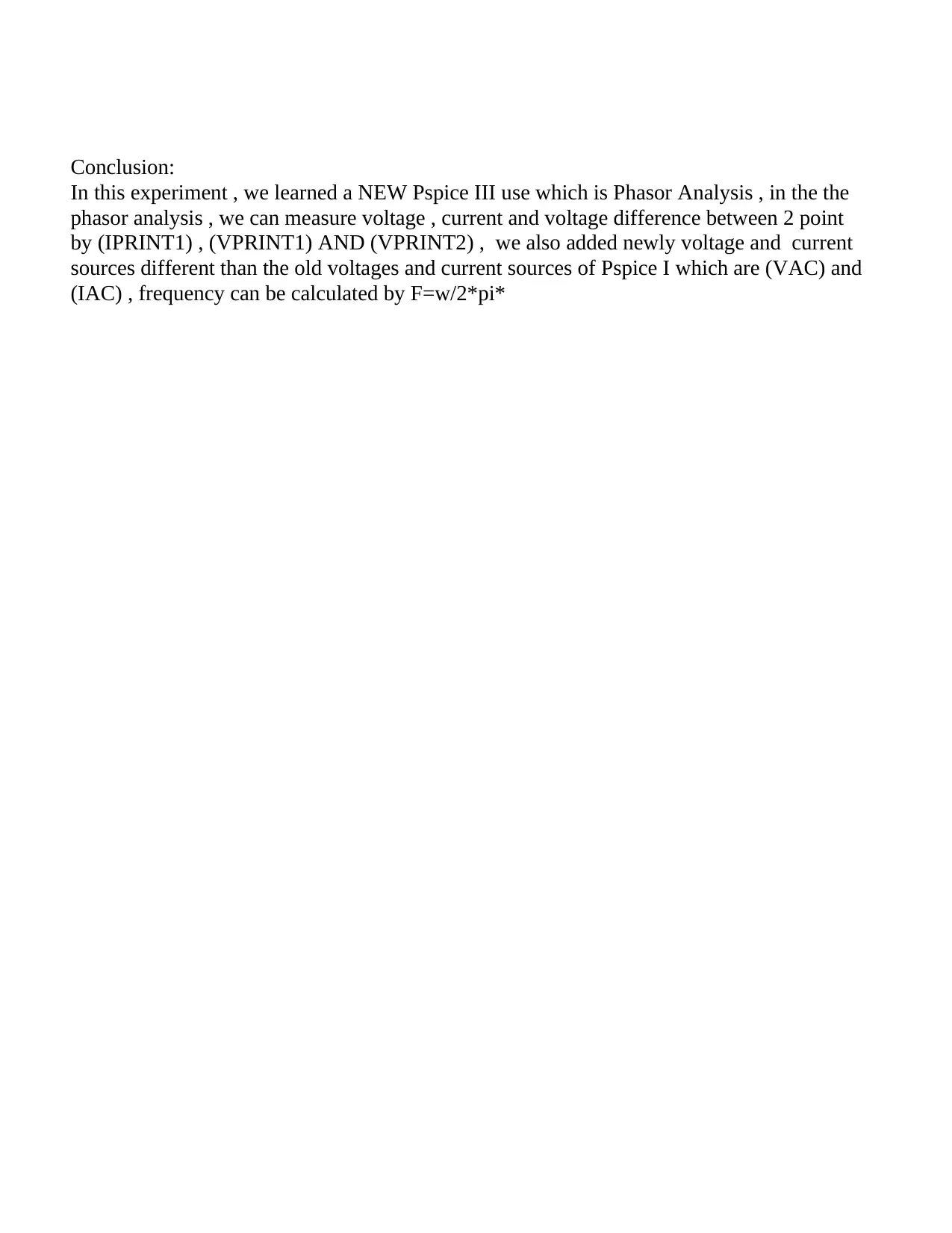
![[object Object]](/_next/static/media/star-bottom.7253800d.svg)